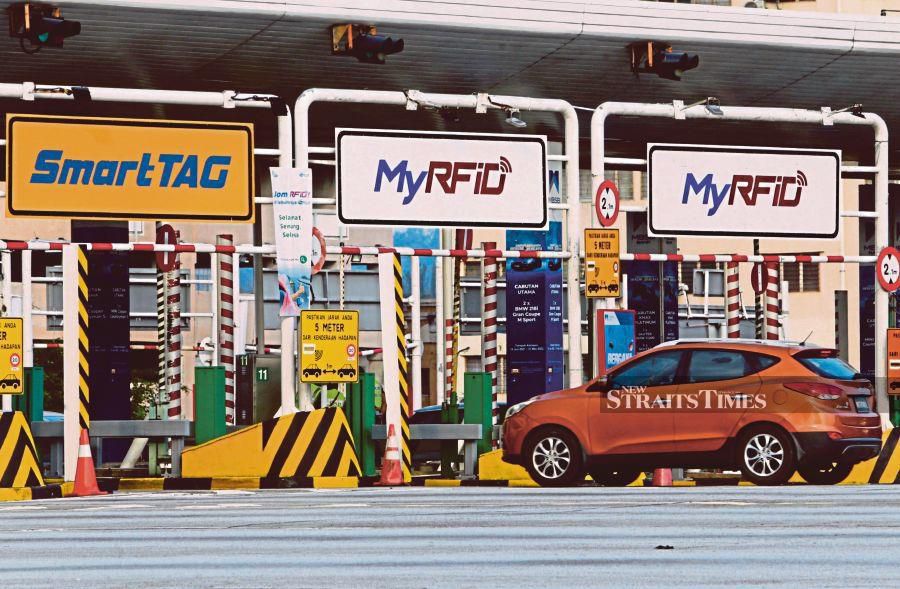RFID is an easy enough acronym to pronounce, say those in the Radio Frequency Identification business. But to know its technological workings is a rather different kettle of fish.
I am sure that RFID was on many people's lips or minds this Raya holiday season with millions of vehicles on the road.
RFIDs are supposed to result in smoother traffic flows. But did they?
I encountered a snag while trying to exit the North-South Expressway at the Sultan Abdul Halim Muadzam Shah Bridge in Penang — after having entered from the Jalan Duta toll plaza without a hitch.
I was told that the two plastic RFID strips at the left headlamp of my vehicle had "confused" the electronic RFID reader! Finally, someone came with something that looked like a credit card reader to resolve the issue.
Personally, I find that the issue may be with the different electronic readers set up at the toll plazas. Some are huge, like a mini TV, while others are similar to the size of mini digital cameras! I can't help thinking that these will struggle to capture the RFID signals.
Ever since RFID tags were introduced a number of years back on certain thoroughfares, feedback from motorists had been scarce as most preferred to use other options.
A major highway operator introduced the RFID system at its toll booths earlier this year and there had been plenty of debate since.
There were plenty of teething problems, which prompted the operator to employ many customer service agents to help motorists at toll plazas.
A business should be about attracting customers who then bring in more customers. That's something that the RFID guys should take note of in order to drive their business in the right direction.
When RFIDs first came into the scene some three or four years back, motorists could get them installed at shopping malls and petrol stations. Originally, motorists were put off by the stringent requirements, including showing proof of ownership. It was a procedure that was eventually abandoned.
I certainly like the convenience that these RFID strips, which are linked to my credit card, offer as I won't have to worry about running out of credit whenever I pass through a toll plaza.
But the real problem has been with getting the signals from the strips to reach the reader.
I now find myself doing scenario planning each time I reach a toll plaza: Will I go through easily? Will I get stuck? Will I have to show off my reverse driving skills in a tight spot? Will I have to dangerously cross over to other payment lanes?
While doing some research recently, I was surprised to discover that Malaysia pioneered the installation of an RFID chip into
its passports back in 1998! Malaysia Boleh!
But recent RFID experiences surprised me. I was asked to get RFID access to drive in and out of an apartment block in Cyberjaya.
I was anticipating another round of affixing the RFID strip on my car's headlamp but there was no need for that. Instead, I was told that I only needed put the RFID card on the car's dashboard. Yes, it worked without a hitch!
This means I can use different vehicles to enter that building as long as I have the access card.
That got me thinking — why couldn't this be implemented on tolled highways as well?
The writer is a former Bernama chief executive officer and editor-in-chief






